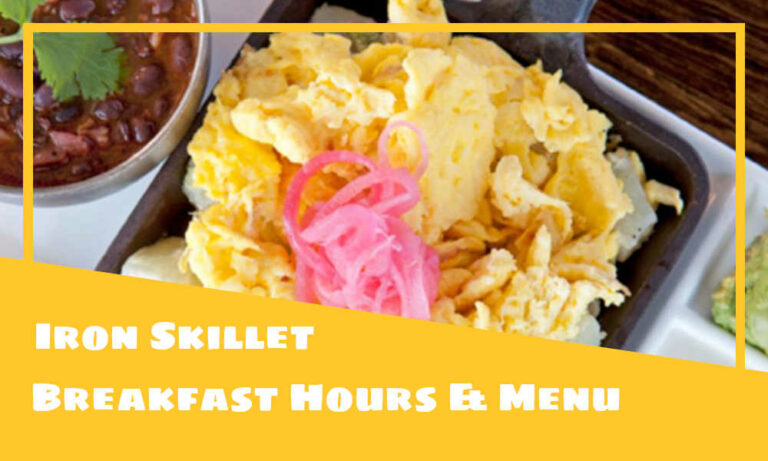Full English Breakfast
A traditional full English breakfast or a “fry-up” is a filling hearty fare, the perfect kickstart to a day, and a national institution in its own right. Enjoying a tasty combination of fried eggs, bacon, sausages, baked beans, black pudding, tomatoes, and roasted bread is a great way to start the day off.

Continue reading this article and learn the history behind this glorious meal. I will also tell you about the components that make the perfect full English breakfast.
Fascinating History Of Full English Breakfast
The tradition of a full English breakfast dates back to the 13th century. The idea of a cooked breakfast with meat and bread was a huge luxury. Breakfast was a time to ‘break the fast’ of the day and was considered the most important meal of the day. Also due to its large fat content it provided a lot of energy for outside work during the cold of winter.
Of course, this tradition came from rich, noble families and the English gentry. It was customary to prepare a lot of hearty delicacies for the morning table. The breakfast could stretch for an hour, or even two.
The idea of eating well in the morning appealed to ordinary people, who quickly realized that a real English breakfast can give strength and energy for the whole difficult working day. Therefore, this substantial meal became the staple breakfast for working-class communities of the Industrial Revolution.
After two World Wars, it became so popular that you can now try it in every cafe, restaurant, hotel, and many other public places throughout the UK. Once a breakfast of the gentry, full English became a proud culinary tradition and part of British heritage. Since many of the ingredients are fried, the meal got the name “fry-up”. Another name for a full English breakfast is “a full Monty”. Monty or British Army general Bernard Montgomery supposedly started every day with this meal.
Also Read: Shakshuka
Components Of Full English Breakfast
Want to pay homage to the culinary tradition of the English gentry? By the way, you can enjoy the fry-up at any time of the day. However, reading the newspaper (and not using your iPhone to gamble teen patti combinations or watch Instagram stories!) is a must. But what about food?
The modern full English breakfast typically is a combination of certain components. The essentials are fried, scrambled, or poached eggs, which are usually cooked in the amount of two pieces. Then the full English breakfast includes fried bread with butter, thinly sliced and fried back or streaky bacon, sage-speckled fried sausages, field, cherry or tinned plum tomatoes, black pudding, and baked beans.
Optional additions are fried or grilled mushrooms, hash browns, and tomato sauce. Black pudding is a traditional English delicacy, blood sausage made of pork or beef blood. Of course, fry-up is served with a hot beverage (coffee, black tea), and fruit juices.
Since there are many regional variations of the traditional fry-up in the UK and Ireland, some items can be replaced by other components. Full Scottish breakfast includes traditional delicacies such as haggis, square sausage, bubble and squeak, and potato (tattie) scones. Full Irish breakfast doesn’t include fried white bread, but soda bread.
Also Read: Croque-Monsieur: The World’s Fanciest Sandwich
Full Welsh breakfast usually contains Welsh cockles, Laverbread, or laver cakes. These are side dishes made of seaweed paste. A Full Cornish breakfast won’t be complete without delicious Cornish potato cakes and traditional sausage called Hog’s pudding. Some non-traditional variations of fry-up contain eggy bread, English muffins, wheaten bread, omelets, smoked haddock, and vegetarian sausages. Therefore, a full English breakfast reflects the rich diversity of English and Irish delicacies.
If something has remained unchanged for centuries, it is good. And so is the full English breakfast.

